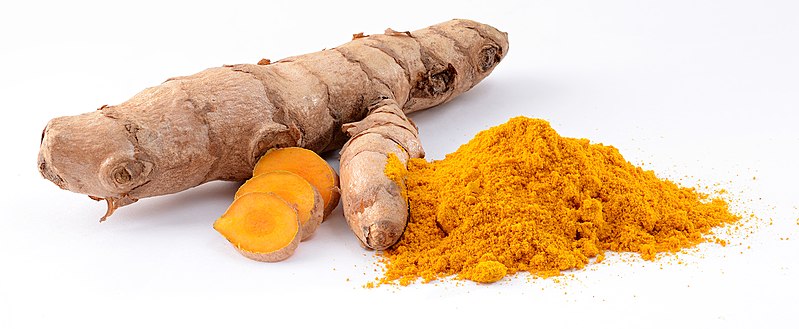If you've enjoyed these botany professor essays, you'll probably also find "Plant Life: a Brief History" of interest. It was written in the same spirit, but provides a more complete narrative of the evolution of photosynthetic organisms from their ancient beginning as cyanobacteria, to their dizzying diversity as flowering plants.
I wrote this book to provide a different way of looking at the the fundamental features of plants, as well as to trace their evolutionary history. In this chronological approach, the critical features and processes of plants are presented as they arose in adaptation to new habitats or lifestyle opportunities. Adaptation is the key process of evolution and also provides explanations for why plants are the way they are and why they do what they do.
 |
Plant Life: a Brief History showcases some of the best
botanical line art from classical botany texts. This
illustration of different forms of mosses is from the classic
"Natural History of Plants," by Kerner & Oliver, 1895.
A. Polytrichum commune; B. Bryum caespiticium;
C. Hylocomium splendens; D. Sphagnum palustre. |
Photosynthesis was an adaptation, a series of adaptations in fact, for taking advantage of the huge untapped source of energy coming from the sun. The cyanobacteria that perfected it proliferated into vast numbers and dominated the Earth's ecosystem for two billion years. And so the story began.
Everything else, from why green algae have flagella and red algae don't, to why monocot leaves have parallel veins, can be explained as adaptations to particular environmental challenges or opportunities. While we don't know for sure the details or circumstances of some of these adaptations, we can be sure that nothing about plants came about accidentally or without value to their survival. For the adaptive events of plant evolution that are still shrouded in mystery, I provide some plausible scenarios, including some that are still controversial.
 |
The detailed structures of Psilotum and Tmesipteris
are crystal clear in this illustration from the "The Plant
Kingdom," by William F. Brown, 1935. Reprinted
with permission from the Brown family. |
This book also highlights another aspect of history: the marvelously detailed line drawings of the great botanical texts written in the 19th and early 20th centuries. There is a vast treasure of such illustrations out there, and I have chosen a number of them to illustrate the various plants we encounter in the book.
The book is designed as a supplement for students, a refresher for teachers, a primer for non-botanists whose research or teaching touches upon plants, and as an introduction to plants and their evolution for the general reader. Because of this broad intended audience, technical jargon has been kept to a minimum.
A preview is posted on the
Google Books website, which includes the table of contents, the introduction, and the first chapter. It is available
from Oxford University Press
USA or
U.K. and other major booksellers. It is also available as an eBook from many online booksellers.
If you can't purchase it at this time, please ask your local or school library to obtain it.
In the meantime, we will continue with more adventures on this blog site. Stay tuned!
.jpg)
.JPG)
.JPG)


.JPG)

.jpg)


.JPG)












%2Bchoice%2B2.JPG)




